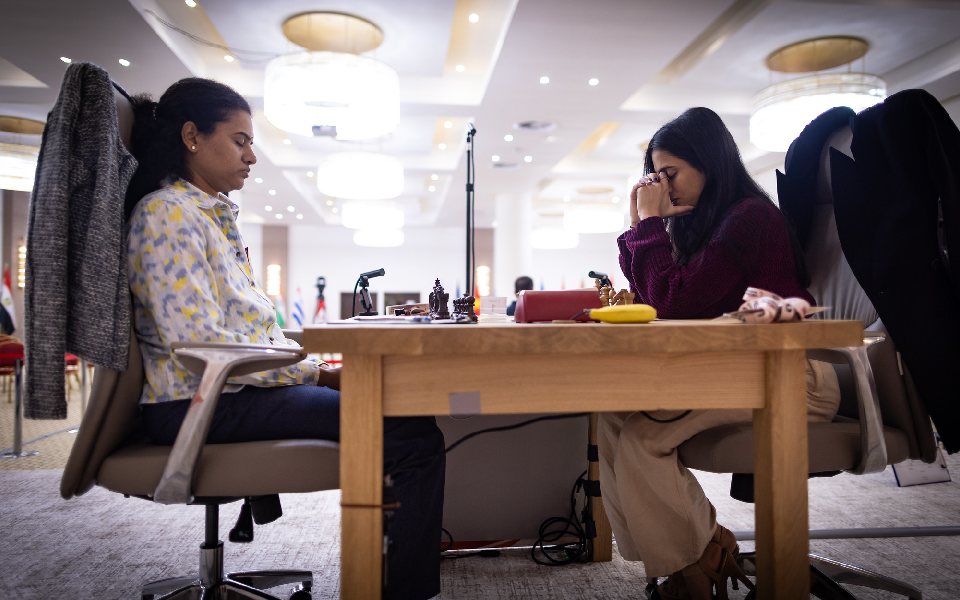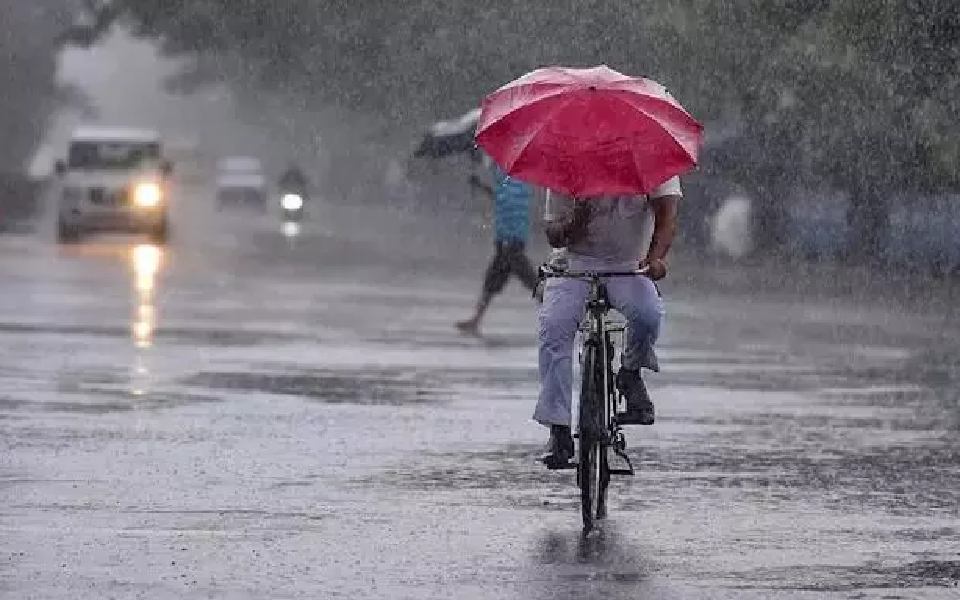New Delhi, Mar 10: As India confirmed its first two deaths due to the H3N2 influenza virus on Friday, experts called for increased monitoring and precaution measures but also reassured that there is no need to panic yet.
In Karnataka, 82-year-old Hire Gowda, a diabetic who suffered from hypertension, died due to the H3N2 seasonal influenza subtype on March 1. Another death, that of a 56-year-old lung cancer patient, was reported from Haryana.
From January 2 to March 5, 451 cases of the H3N2 have been reported in the country, according to the data shared by the ministry. It also said it is keeping a close watch on the situation and cases are expected to decline from month end.
H3N2 is a non-human influenza virus that normally circulates in pigs and that has infected humans, according to the US Centre for Disease Control and Prevention (CDC). Symptoms are similar to those of seasonal flu viruses and can include fever and respiratory symptoms such as cough and runny nose, and possibly other symptoms, including body ache, nausea, vomiting or diarrhoea.
As concerns mounted and some people wondered whether this could possibly turn out to be another Covid, pulmonologist Anurag Agrawal said he doesn't expect to see a massive wave.
"Admission to hospital has not been very common and only about 5 per cent cases have been reported to be hospitalised," added Tarun Sahani, senior consultant, internal medicine, Apollo Hospitals.
While there is no need to panic yet, Sahani said it is advisable to take precautions similar to those taken during Covid times.
"... if most of the infected people recover albeit slow, it should be fine," virologist Upasana Ray, alumni member of Indian National Young Academy of Science (INYAS) and member of Global Young Academy (GYA), told PTI.
She noted that lockdowns and extensive use of masks for extended periods of time helped control transmission of more virulent versions of the virus, but also prevented good exposure of regular seasonal respiratory viruses.
"Due to at least two years of elaborate, expansive use of masks, we might have lost part of our immunity against the versions of these other respiratory viruses that are now getting transmitted," Ray argued.
According to Agrawal, H3N2 outbreaks can "indeed cause death" and are more severe than regular flu.
"Since there is general immunity to flu and vaccines exist, I wouldn't expect to see a massive wave but yes, all outbreaks and deaths are of some concern," Agrawal, the dean of the Trivedi School of Biosciences at Ashoka University, told PTI.
Sahani noted that India is witnessing a huge spike in H3N2 cases since the start of 2023.
"The incidence is two to three times higher than usually seen at this time of the year. This virus is known to be a subtype of Influenza A virus which is common at this time of the year," Sahani told PTI.
Though the Covid pandemic seems to be ending, the spate of respiratory illnesses continues among adults with a significant number being infected with influenza viruses such as H3N2, adenovirus, and H1N1.
According to the latest data available on IDSP-IHIP (Integrated Health Information Platform), a total of 3,038 laboratory confirmed cases of various subtypes of Influenza including H3N2 have been reported till March 9 by the states.
This includes 1,245 cases in January, 1,307 in February and 486 cases in March till 9th, it said.
The Union Health Ministry is keeping a close watch on the seasonal influenza situation in various states/UTs through the Integrated Disease Surveillance Programme (IDSP) network on a real-time basis.
Agrawal said flu surveillance is a known important part of public health.
"In coming times we will have better combined respiratory virus surveillance," Agrawal, the former director of the CSIR-Institute of Genomics and Integrative Biology noted.
Ray agreed, saying disease monitoring is urgently needed to address the situation.
Let the Truth be known. If you read VB and like VB, please be a VB Supporter and Help us deliver the Truth to one and all.
Batumi (Georgia), Jul 26 (PTI): Young Indian International Master Divya Deshmukh held her nerves to hold stalwart Koneru Humpy to a draw in game 1 of the FIDE Women's World Cup final, with both players having their share of opportunities to take the lead here on Saturday.
The draw with black means Humpy, the two-time World Rapid champion, holds a slight edge going in the second and final game under the classical chess rules in the two-game mini-match, and should the deadlock continue, games of shorter duration will be played to determine the winner.
Humpy employed the Queen's gambit accepted as black and it turned out to be a pretty fascinating game right out of the opening as Divya, 19, came up with a piece sacrifice early to deny the black king the right to castle.
Humpy was the first to err and, according to computers, Divya had things under control on the 14th move. However in her bid to recover the extra material, the Nagpur girl, who has secured a place in the Candidates tournament with her sterling performance here, missed a promising continuation.
What followed the exchange of all minor pieces and the ensuing queen and rook endgame gave enough counter play to both players. The game was eventually drawn after Humpy sacrificed her rook to force perpetual checks.
"The game saw an extremely sharp battle with the game ending in a draw in 41 moves. On move 7, Divya made her aggressive intentions clear by offering another pawn,
which looked like home preparation. Humpy made a practical decision of refraining from taking the pawn and a balanced position was reached by move 10 by white," said Grandmaster Pravin Thipsay, an Arjuna awardee and the first Indian to get a chess Grandmaster norm.
"However, instead of developing the undeveloped Knight, Humpy retreated the centralised Knight on move 10, giving huge positional advantage to Divya. Divya could have gained huge positional advantage on the 12th move by moving a rook. However, she chose to play for King side attack by sacrificing a piece instead.
"Humpy, too, erred at this stage and instead of moving the King to Queen side, moved it to the King side. Divya, on move 14, could have obtained a crushing attack by threatening a mate by developing her Queen. Instead she chose to exchange a pair of Bishops first, which enabled Humpy to defend her King by returning the piece," said Thipsay.
"Players thus reached a balanced Queen and two Rooks ending. Divya continued to play ambitiously and tried to attack Humpy’s King but the latter defended accurately and the game was drawn in 41 moves by perpetual check," he added.
In the play-off for the third place, Chinese players Zhongyi Tan, the former women's world champion and top seed Lei Tingjie also decided to split points out of a Queen’s gambit declined game.
The opening raised visions of a close contest between the two but having been knocked out of title race in the previous round, none of them wanted to take any huge risk. It was still a middle game when the players shook hands.
With the top two positions sealed for the Indians, the berth to the next Candidates is also assigned, while the player finishing third will also get an entry to the premier event scheduled for 2026.
Results: Divya Deshmukh (Ind) drew with Koneru Humpy (Ind); Zhongyi Tan (Chn) drew with Tingjie Lei (Chn).





